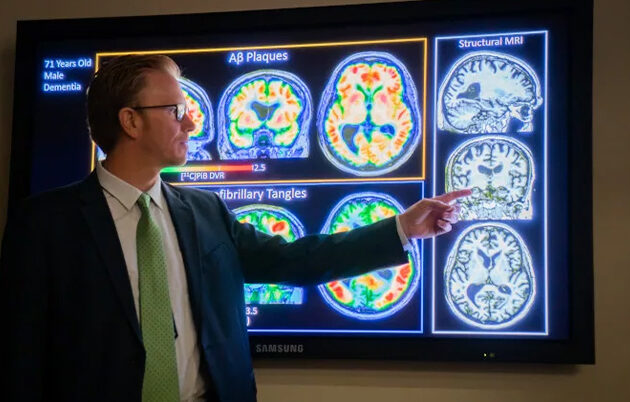Anand Narayan, associate professor and vice chair for equity in the Department of Radiology, and radiologist, UW Health, said that while the new guidelines bumped up over-all eligibility from 11 to 14%, they did not improve the disparities between groups. Under the new guidelines, just 9% of Black Americans, 5% of Hispanics/Latinx Americans, and 5% of Asian Americans and Pacific Islanders were eligible for screening, compared with 15% of white people. About 21% of Native American were eligible.
“Basing eligibility exclusively on age and pack-year thresholds ignores the higher risks faced by racial and ethnic minority groups,’’ Narayan said. “While it’s great that more people overall are eligible for scans, the guidelines need to reflect the fact that some groups face a much higher likelihood of developing lung cancer.”
Narayan says better guidelines would factor in family history of lung cancer and diagnosis of lung conditions such as chronic obstructive pulmonary disease. Guidelines could also factor in the social determinants of health, such as employment, educational status and food insecurity. Current breast cancer screening guidelines could be a model, because they factor in a woman’s risk factors.
“In such a diverse country as ours, we need to do a better job screening the populations we know are more at risk for developing cancer,’’ he said.
American Lung Association figures show that Black Americans with lung cancer were 18% less likely to be diagnosed early, 23% less likely to receive surgical treatment, 9% more likely to not receive any treatment, and 21% less likely to survive five years compared to white Americans. Similar disparities affect Latinx Americans, Asian American and Pacific Islanders, and Native Americans.
Narayan and colleagues from Massachusetts General Hospital analyzed data from 77,689 people who responded to the Behavioral Risk Factor Surveillance System Survey in 2019. Their study was published in the journal Radiology.


